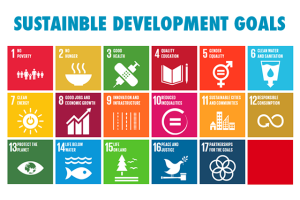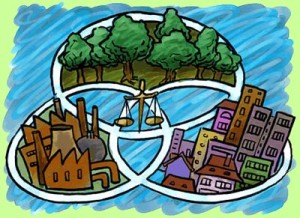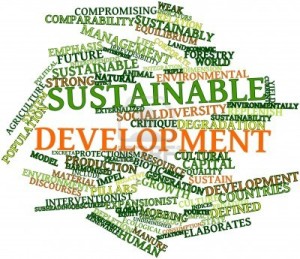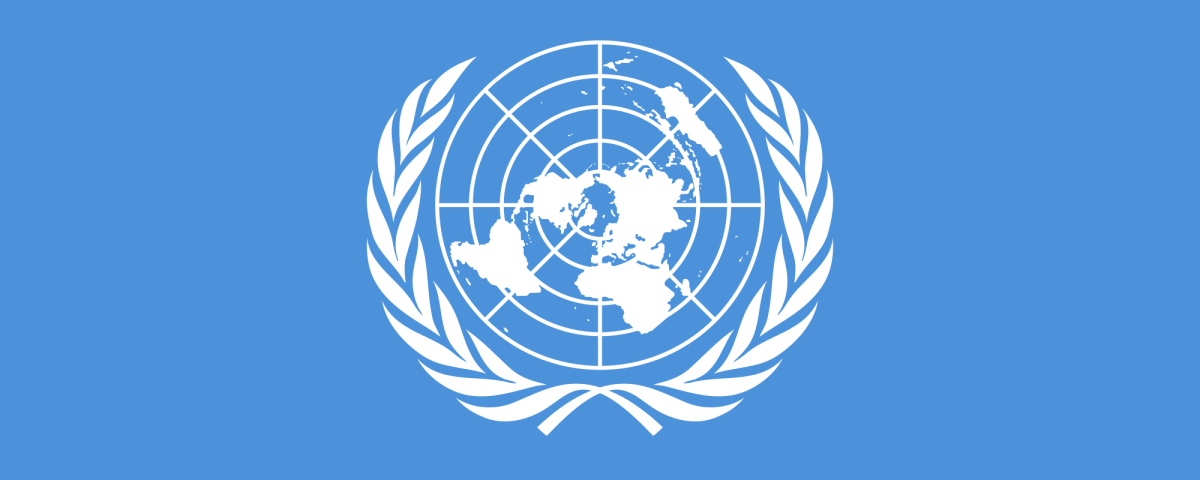The United Nations has adopted the successor to the millennium development goals, after it had expired it’s tenure in 2015. They are the sustainable development goals, a total of 17 unique goals with 169 different targets, which are to be achieved by the 2030. The final goals were adopted during the UN Sustainable Development Summit September 25-27, 2015 in New York, USA. The title given to the agenda was Transforming our world: Agenda for Sustainable Development. The ISO Standards, after various revisions this year, has conceived various certification standards that reflect the goals and the various targets of the resolution.
One of the goals among the 1 7 is Sustainable Cities and Communities. To create a sustainable city, there needs to be an extraordinary amount of planning and community leadership. The ISO/TS 37151 has selected 14 community needs to measure the community infrastructure. Such community infrastructures are: energy, water, transportation, waste and information and communication technology systems.
7 is Sustainable Cities and Communities. To create a sustainable city, there needs to be an extraordinary amount of planning and community leadership. The ISO/TS 37151 has selected 14 community needs to measure the community infrastructure. Such community infrastructures are: energy, water, transportation, waste and information and communication technology systems.
There exists a very rudimentary system and methodologies to measure the community infrastructure – they were in fact very convoluted, redundant and opaque. This makes it difficult for public and private managers to evaluate and implement proposals, plans and performance consistently and fairly. Therefore, a global metric system is needed to transform a regular city into a smart and sustainable city.
Of all the 17 goals enumerated in the Sustainable Development Goals, 5 of them are directly related to the environment – Clean Water and San itation, Affordable and Clean Energy, Climate Action, Life below Water, Life on Land. The ISO Certification Standard 14001 deals with providing an environmental management system to those who wish to avail it. It requires an organisation to consider all environmental issues relevant to its operations, such as air pollution, water and sewage issues, waste management, soil contamination, climate change mitigation and adaption, and resource use and efficiency.
itation, Affordable and Clean Energy, Climate Action, Life below Water, Life on Land. The ISO Certification Standard 14001 deals with providing an environmental management system to those who wish to avail it. It requires an organisation to consider all environmental issues relevant to its operations, such as air pollution, water and sewage issues, waste management, soil contamination, climate change mitigation and adaption, and resource use and efficiency.  With the ISO 14001 Certification in place, the organisation will comply more with statutory and regulatory laws pertaining to environmental checks and procedures. It also encourages environmental performance of suppliers by integrating them into the business process. Companies also have seen reduced energy and water consumption. Furthermore, the extended family of the ISO 14000 Standards provides an inclusive list of all the environmental parameters can be conceived, which by extension will include the five goals of the sustainable development goal.
With the ISO 14001 Certification in place, the organisation will comply more with statutory and regulatory laws pertaining to environmental checks and procedures. It also encourages environmental performance of suppliers by integrating them into the business process. Companies also have seen reduced energy and water consumption. Furthermore, the extended family of the ISO 14000 Standards provides an inclusive list of all the environmental parameters can be conceived, which by extension will include the five goals of the sustainable development goal.
The Goal No 9 of the Sustainable Development Goal – To build resilient infrastructure, promote sustainable industrialization and foster innovation – envisages massive investments in transport, irrigation, energy and information and communication and technology. There needs to be technological progress and innovation for efficient industrialization to happen, and this in turn will create development, which will offer even better technology. This cycle is a mutually dependent cycle.
resilient infrastructure, promote sustainable industrialization and foster innovation – envisages massive investments in transport, irrigation, energy and information and communication and technology. There needs to be technological progress and innovation for efficient industrialization to happen, and this in turn will create development, which will offer even better technology. This cycle is a mutually dependent cycle.
The v arious Certification types and standards that the body offers, takes into account every a lot of infrastructural development possible across a multitude of areas. ISO 9001 caters to the quality management system, which develops the business processes and makes them run most efficiently; ISO 5001 for an Energy management system; ISO 20121 for creating an environment for sustainable events; ISO 31000 for Risk Management; ISO 27001 for Information Security and the ISO 45001 for Occupational Health and Safety.
arious Certification types and standards that the body offers, takes into account every a lot of infrastructural development possible across a multitude of areas. ISO 9001 caters to the quality management system, which develops the business processes and makes them run most efficiently; ISO 5001 for an Energy management system; ISO 20121 for creating an environment for sustainable events; ISO 31000 for Risk Management; ISO 27001 for Information Security and the ISO 45001 for Occupational Health and Safety.
When such standards are applied along with sustainable and resilient infrastructural development, it will provide a standard of quality and efficiency to aspire towards. Application of these multiple standards will raise the quality of the workforce and the technology used for creating the produce. Of course, different industries will have different themes for their production, but the various ISO Standards applied will aid the development of the company and in turn lead to development in the farthest regions of the world as well as more closer to home.
A Certification becomes a mark of efficiency and quality, and it will be coveted by those organisations who wish to make great changes in the paradigm that we occupy and usher in a new era of sustainable development for all.


